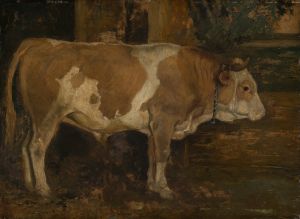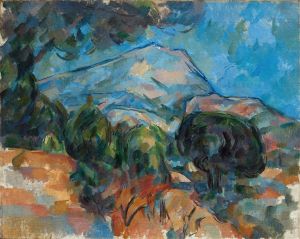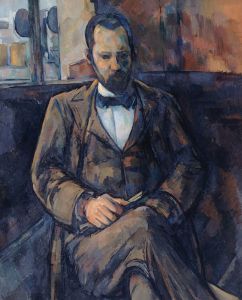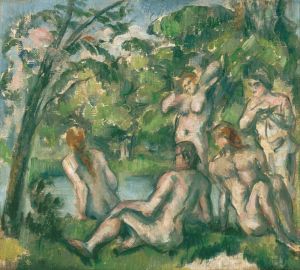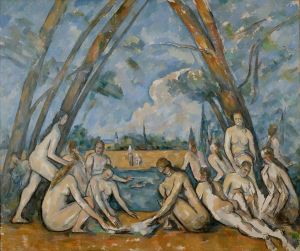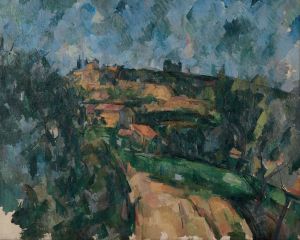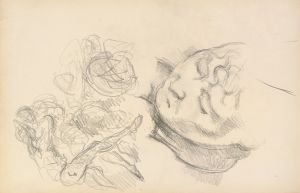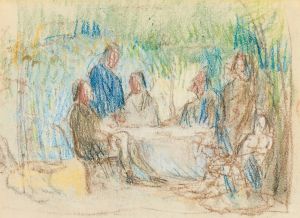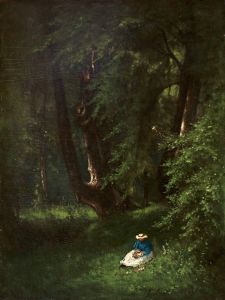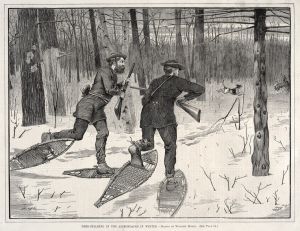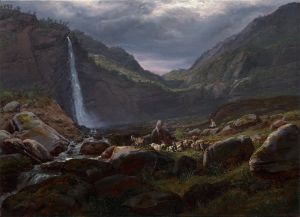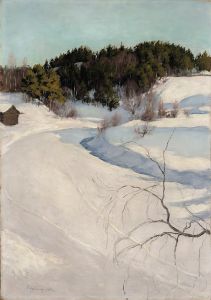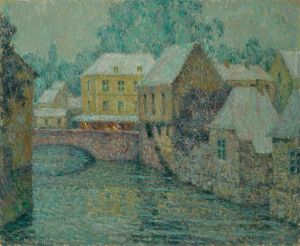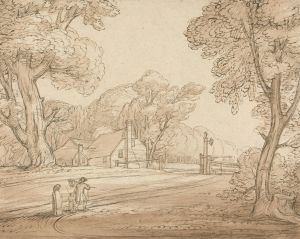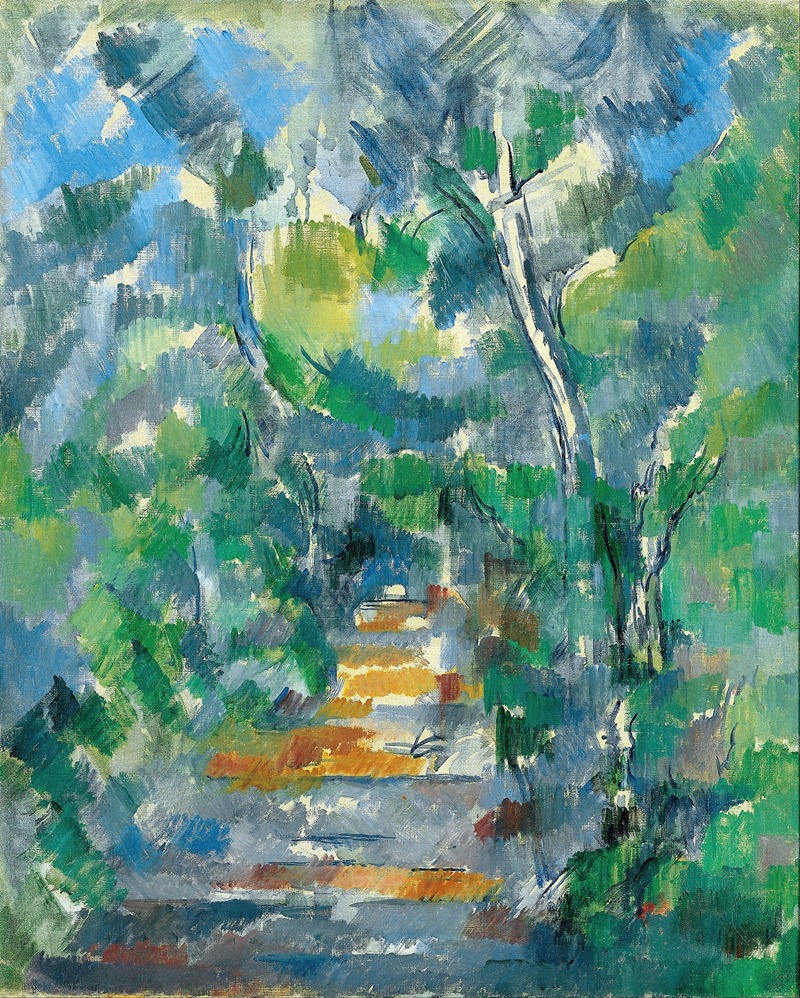
Forest Scene
A hand-painted replica of Paul Cézanne’s masterpiece Forest Scene, meticulously crafted by professional artists to capture the true essence of the original. Each piece is created with museum-quality canvas and rare mineral pigments, carefully painted by experienced artists with delicate brushstrokes and rich, layered colors to perfectly recreate the texture of the original artwork. Unlike machine-printed reproductions, this hand-painted version brings the painting to life, infused with the artist’s emotions and skill in every stroke. Whether for personal collection or home decoration, it instantly elevates the artistic atmosphere of any space.
Paul Cézanne's "Forest Scene" is a captivating example of the artist's exploration of nature and his innovative approach to landscape painting. Cézanne, a French Post-Impressionist painter, is renowned for his unique method of building form with color and his analytical approach to nature, which laid the foundations for the transition from 19th-century artistic concepts to a radically different world of art in the 20th century.
"Forest Scene" is a testament to Cézanne's fascination with the natural world and his desire to capture the essence of the landscape through his distinctive style. Although specific details about the creation date and location of this particular painting are not well-documented, it is consistent with Cézanne's broader body of work, which often focused on the landscapes of Provence, the region in southern France where he spent much of his life.
In "Forest Scene," Cézanne employs his characteristic brushwork, which is both deliberate and expressive. The painting likely features a dense arrangement of trees, foliage, and perhaps a glimpse of the sky, all rendered with a palette that reflects the natural hues of the forest. Cézanne's technique involves the use of small, repetitive brushstrokes that build up to create a complex surface texture, giving the painting a sense of depth and movement.
Cézanne's approach to composition in "Forest Scene" would have been influenced by his desire to depict the underlying structure of the natural world. He often sought to capture the geometric shapes that he believed formed the basis of all natural forms. This analytical approach is evident in the way he organizes the elements within the painting, creating a harmonious balance between the various components of the scene.
The significance of "Forest Scene" lies in its reflection of Cézanne's broader artistic goals. He aimed to convey the experience of being in nature, rather than simply replicating its appearance. This intention is evident in the way he manipulates color and form to evoke the atmosphere and mood of the forest. Cézanne's work in this area was highly influential, inspiring subsequent generations of artists, including the Cubists and the Fauves, who admired his ability to convey the essence of a subject through abstraction and simplification.
Cézanne's influence extends beyond his technical innovations; his dedication to capturing the truth of his subjects has left a lasting impact on the art world. "Forest Scene," like many of his other works, exemplifies his commitment to exploring the relationship between the observer and the observed, challenging traditional notions of representation and perception.
In summary, "Forest Scene" by Paul Cézanne is a significant work that encapsulates the artist's pioneering approach to landscape painting. Through his innovative use of color, form, and composition, Cézanne not only captures the beauty of the natural world but also transforms it, offering viewers a new way of seeing and experiencing art.





